Saturday mornings were sacred territory in our house, and probably yours too. The alarm clock was optional because our internal cartoon radar would wake us up at the crack of dawn, ready to plant ourselves in front of that old console TV with a bowl of sugary cereal and soak up whatever wisdom the animation studios were serving. Those cartoon characters weren’t just entertainment—they were life coaches, moral teachers, and the closest thing we had to a user’s manual for navigating childhood and beyond.
1. Scooby-Doo: There’s Always a Logical Explanation
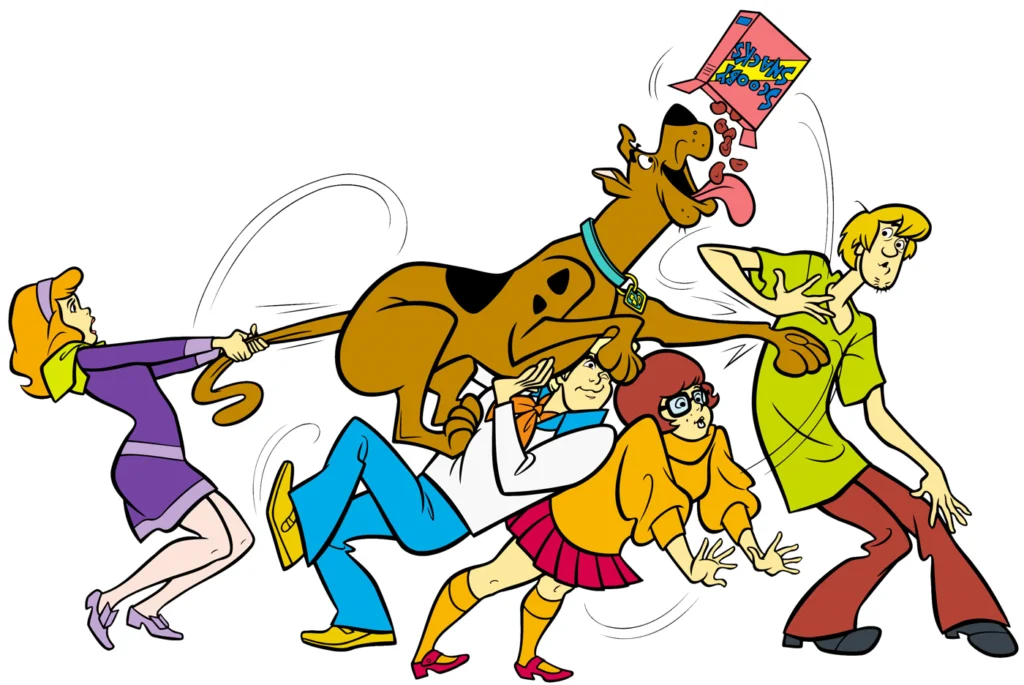
Fred, Velma, Daphne, Shaggy, and Scooby taught us that no matter how supernatural or terrifying something seemed, there was usually a perfectly reasonable explanation hiding underneath. Every ghost, monster, or phantom turned out to be someone in a rubber mask with a real-world motive—usually involving money, revenge, or scaring people away from valuable property. This lesson in critical thinking and skepticism was probably more valuable than any formal logic class, wrapped up in the perfect package of mystery-solving fun.
The show also taught us that being scared was okay, as long as you didn’t let fear stop you from doing the right thing. Shaggy and Scooby were terrified of everything, but they still helped solve mysteries when their friends needed them. Sometimes courage isn’t about not being afraid—it’s about being afraid and helping anyway, especially when Scooby Snacks are involved as motivation.
2. The Flintstones: Modern Problems, Stone Age Solutions

Fred Flintstone and his prehistoric family showed us that no matter what era you live in, you’re still dealing with the same basic human challenges—work stress, marriage dynamics, friendship drama, and keeping up with the neighbors. Whether Fred was trying to get ahead at the quarry or dealing with Barney’s latest scheme, the problems were timeless even if the solutions involved dinosaurs and bird-powered appliances. The show taught us that technology changes, but people pretty much stay the same.
Wilma Flintstone was probably one of our first examples of a woman who could handle anything life threw at her, from Fred’s harebrained schemes to keeping the household running smoothly. She showed us that behind every successful caveman was a woman who was actually holding everything together. The Flintstones made it clear that family meant supporting each other through thick and thin, even when thick meant your husband’s latest get-rich-quick scheme and thin meant the weekly budget after he’d spent it all on Loyal Order of Water Buffaloes dues.
3. The Jetsons: The Future Would Be Both Amazing and Complicated
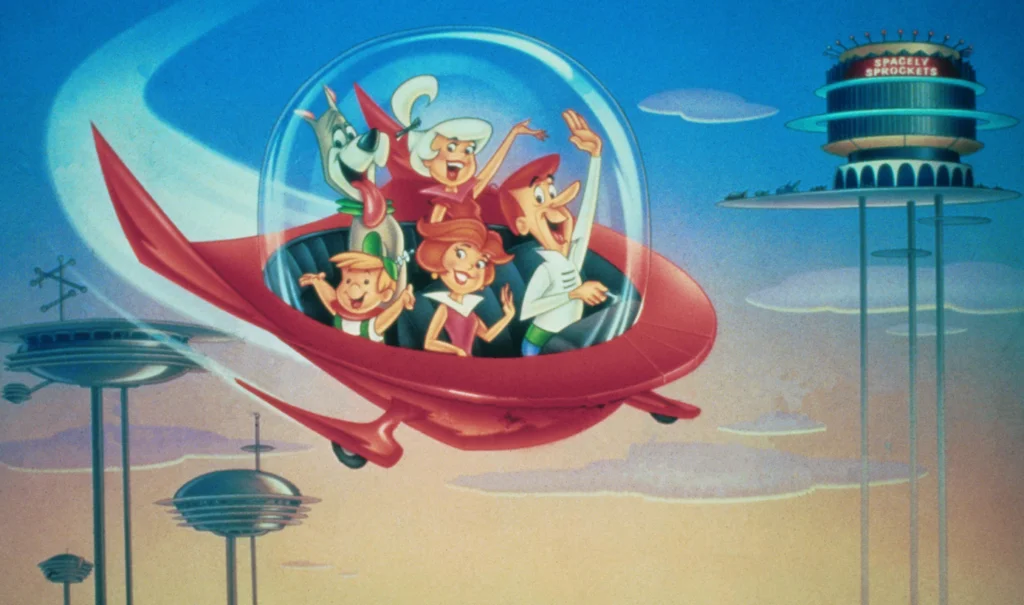
George Jetson and his space-age family gave us our first glimpse of what the future might look like, complete with flying cars, robot maids, and three-day work weeks. But even in this technological paradise, George was still stressed about work, still had to deal with his boss Mr. Spacely, and still struggled with everyday family life. The show taught us that progress might make life easier in some ways, but it wouldn’t solve all our fundamental human problems.
Rosie the Robot was perhaps our first introduction to artificial intelligence, and she showed us that even robots could have personality, opinions, and the ability to keep a family in line better than the humans could manage themselves. The Jetsons made technology seem friendly and helpful rather than threatening, but also showed us that no matter how advanced we became, we’d still need human connection, family bonds, and the occasional reality check from a wise-cracking household appliance.
4. Popeye: You Are What You Eat (And Strength Comes from Within)
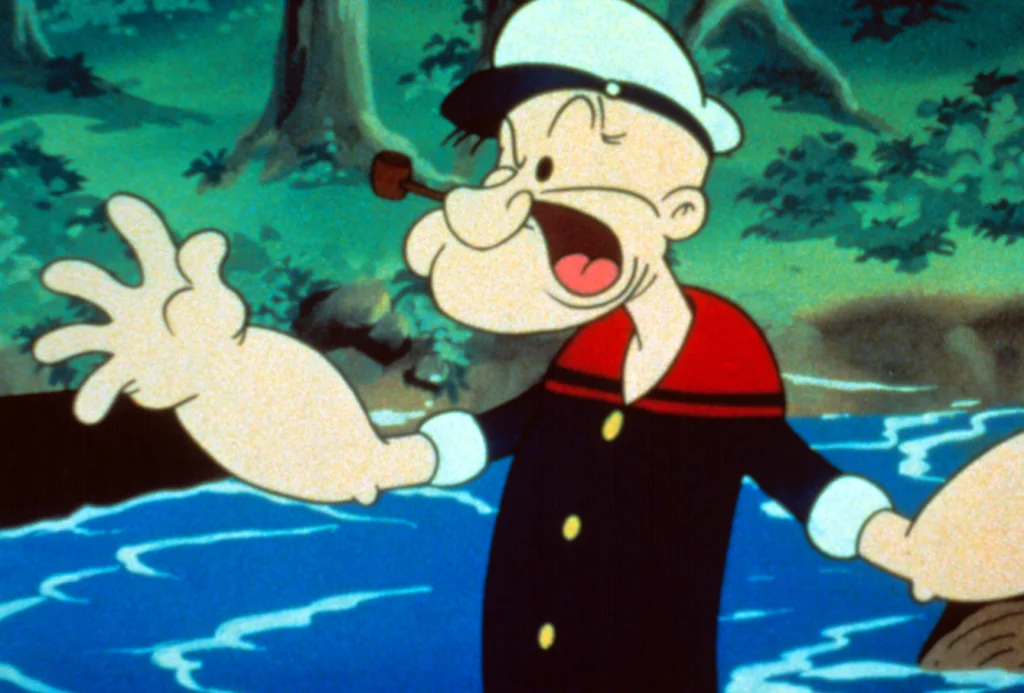
Popeye the Sailor Man taught us that spinach was basically a superfood decades before anyone used that term, but the real lesson was deeper than nutritional advice. His incredible transformations after downing a can of spinach showed us that we all have hidden reserves of strength we can tap into when we really need them. Whether that strength came from leafy greens or inner determination, Popeye proved that even the scrawniest among us could become powerful when the situation demanded it.
The sailor also demonstrated that doing the right thing was more important than being the strongest or the smartest in the room. Popeye consistently stood up to bullies like Bluto, protected those who couldn’t protect themselves, and treated everyone with basic decency—even his rivals. His fractured grammar and humble demeanor taught us that you didn’t need fancy words or sophisticated manners to be a hero; you just needed a good heart and the courage to act on your convictions.
5. Tom and Jerry: Actions Have Consequences (And Slapstick is an Art Form)
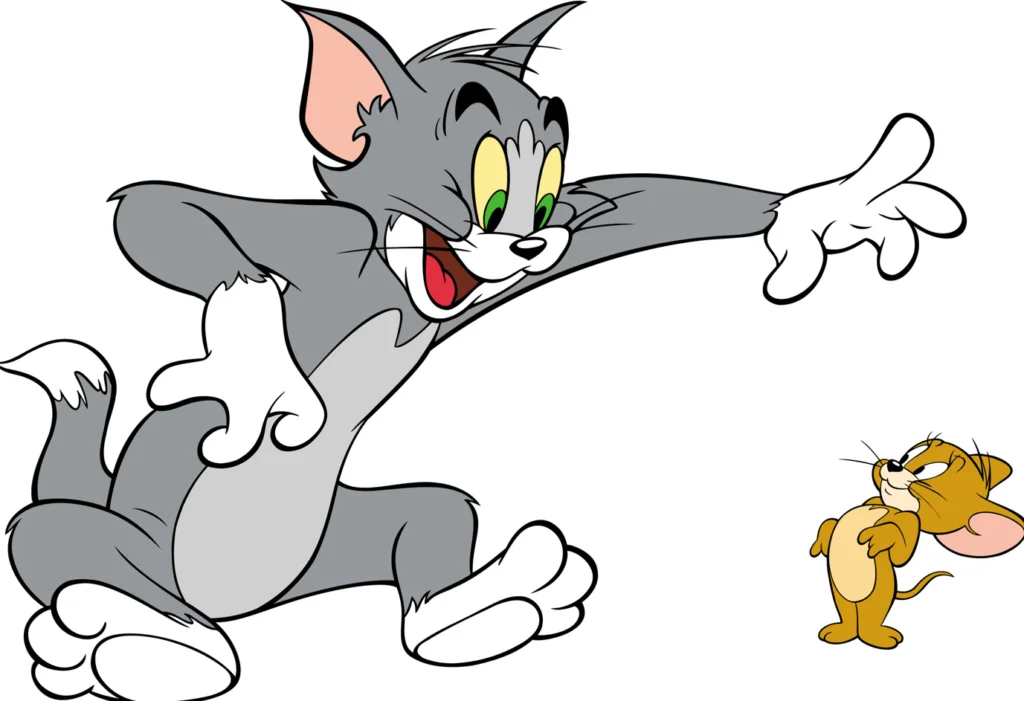
Those seven-minute masterpieces of mayhem taught us more about cause and effect than any physics class ever could. Every elaborate trap Tom set for Jerry would inevitably backfire in spectacular fashion, usually leaving the cat flattened, singed, or somehow transformed into an accordion. The show was a weekly reminder that schemes designed to hurt others often end up hurting the schemer instead, wrapped up in perfectly timed visual comedy that would make Buster Keaton proud.
Tom and Jerry also showed us that even the fiercest enemies could have moments of genuine care and cooperation when it really mattered. Despite their endless chase sequences and creative violence, they’d occasionally team up against a common threat or show genuine concern when the other was in real danger. This taught us that relationships are complex, that conflict doesn’t necessarily mean hatred, and that sometimes the people who drive us craziest are also the ones we care about most.
6. The Pink Panther: Cool Confidence Can Get You Through Anything

The Pink Panther didn’t speak much, but his suave, unflappable demeanor taught us that sometimes the best way to handle life’s challenges is with style and confidence. No matter what chaos erupted around him, the Pink Panther maintained his cool, sophisticated attitude and somehow always landed on his feet. He showed us that being different wasn’t something to hide—it was something to embrace with pride and panache.
His wordless adventures proved that actions spoke louder than words, and that you could be the star of your own story without having to explain yourself to anyone. The Pink Panther’s confidence wasn’t arrogant or boastful; it was quiet, self-assured, and utterly magnetic. He taught us that true cool wasn’t about trying to impress others—it was about being comfortable in your own skin, even if that skin happened to be bright pink.
7. Bugs Bunny: Smart Beats Strong Every Time
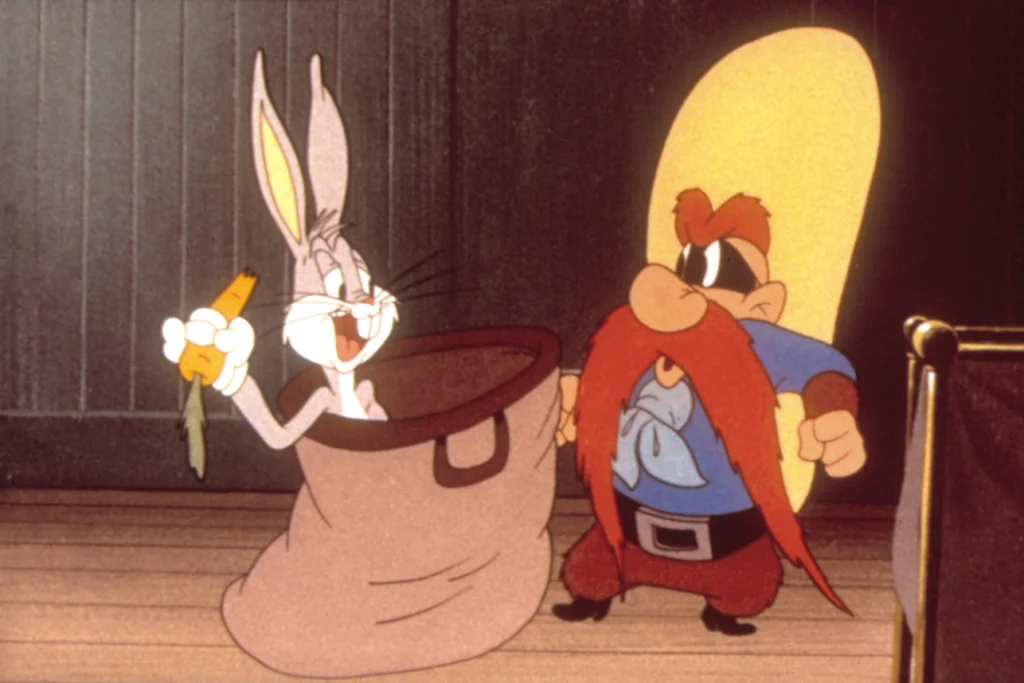
Bugs Bunny was the master of using wit and cunning to outsmart bigger, stronger opponents like Elmer Fudd, Yosemite Sam, and Marvin the Martian. His famous question “What’s up, Doc?” became our first lesson in staying calm under pressure, while his elaborate schemes taught us that brain usually beats brawn when you’re creative enough. Bugs showed us that being the underdog didn’t mean being helpless—it just meant you had to be smarter about your approach.
The rabbit also demonstrated the art of reverse psychology and strategic thinking, often getting his enemies to defeat themselves through their own overconfidence or poor planning. His ability to remain cheerful and wise-cracking even in the most dangerous situations taught us that humor could be both a weapon and a shield. Bugs proved that you didn’t have to be mean or cruel to win—you just had to be cleverer than your opposition and quick enough to think on your feet.
8. The Roadrunner: Persistence Doesn’t Always Pay Off
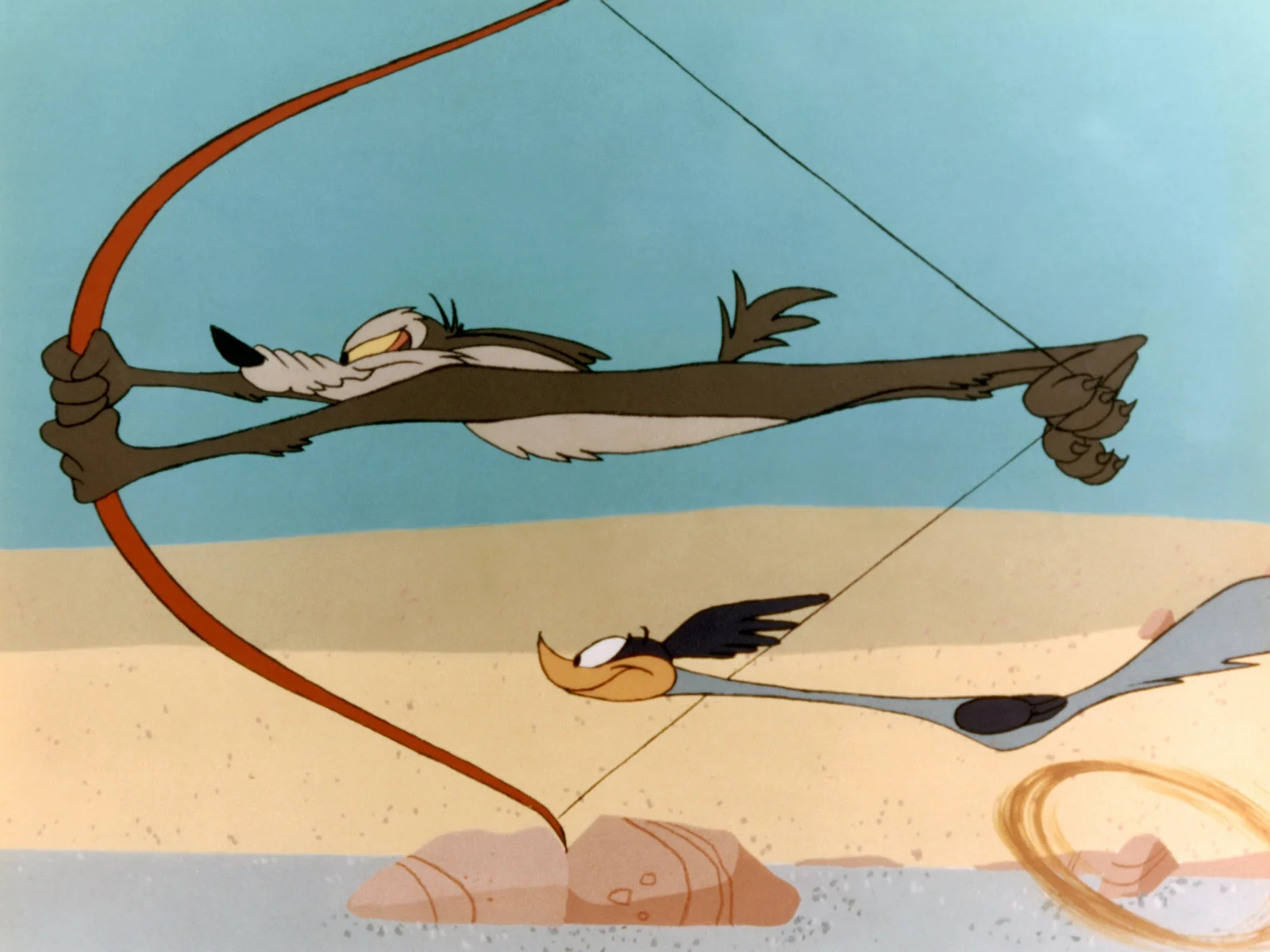
Wile E. Coyote’s endless pursuit of the Roadrunner was perhaps our first lesson in the dangers of obsession and the importance of knowing when to quit. Week after week, the self-proclaimed “super genius” would devise increasingly elaborate schemes to catch his speedy prey, only to have them backfire spectacularly thanks to faulty ACME products or his own overcomplicating tendencies. The show taught us that sometimes the harder you chase something, the further away it gets.
The Roadrunner, meanwhile, showed us the power of staying focused on your own path and not getting distracted by others’ schemes and drama. He never seemed stressed or worried about Wile E. Coyote’s plots—he just kept running his own race at his own pace. This taught us that the best way to deal with people who want to bring you down is often to simply keep moving forward and let their own negative energy work against them.
9. Yogi Bear: Charm Can Open Doors (But It Can’t Replace Ethics)
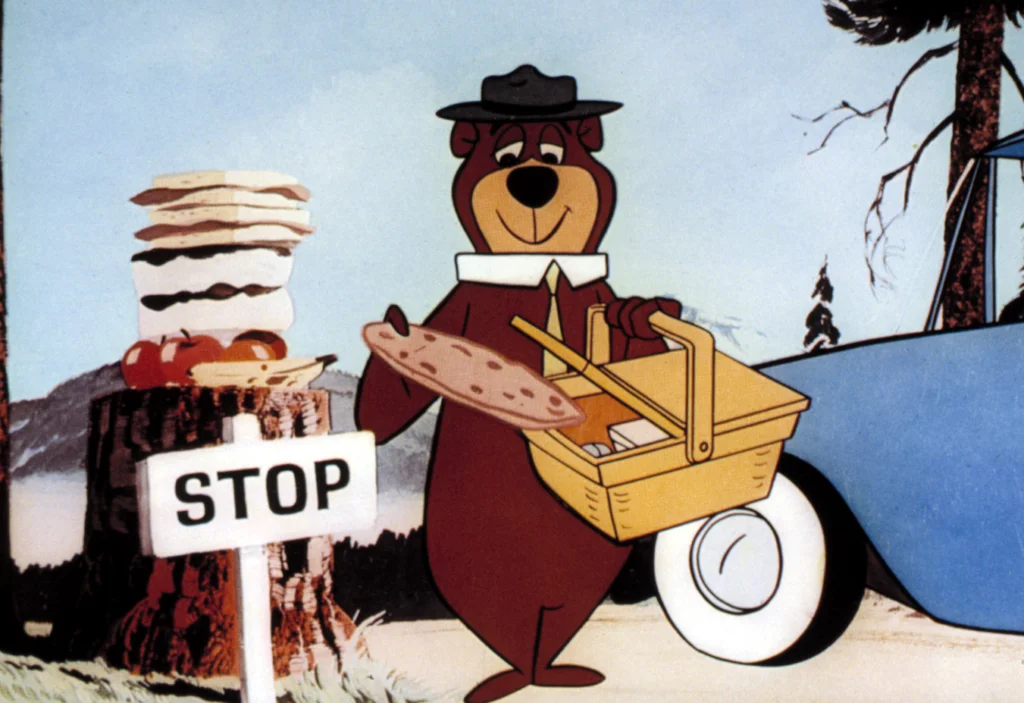
Yogi Bear and his faithful sidekick Boo Boo taught us about the power of charisma and clever wordplay, but also about the importance of having a conscience. Yogi’s schemes to snag “pic-a-nic” baskets were always creative and often successful, but Boo Boo was there to remind him—and us—when those schemes crossed ethical lines. The show presented a perfect balance between admiring cleverness and understanding that being smart didn’t give you the right to take advantage of others.
The dynamic between Yogi and Boo Boo also showed us the value of friendship and moral support. Boo Boo wasn’t just a sidekick—he was Yogi’s conscience, the voice that would say “But Yogi, that wouldn’t be right” when the bigger bear’s schemes went too far. This taught us that true friends don’t just go along with whatever you want to do; they help you be the best version of yourself, even when that means pointing out your mistakes.
10. The Smurfs: Teamwork and Community Matter
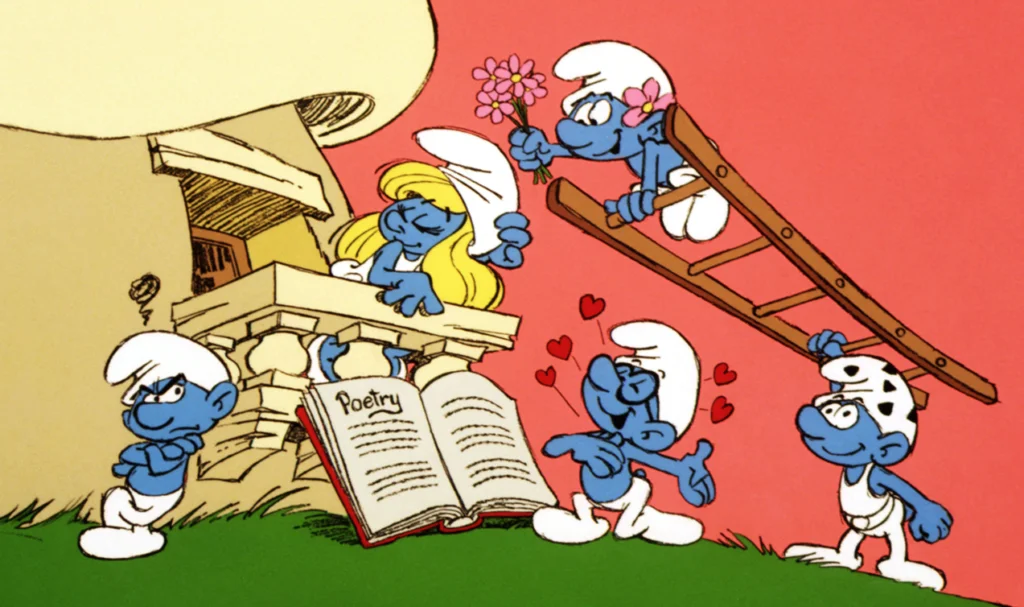
Those three-apple-high blue creatures taught us that a strong community could overcome almost any challenge, whether it was Gargamel’s latest scheme or just the everyday problems of village life. Each Smurf had their own specialty and personality, but they all worked together for the common good of the village. The show demonstrated that diversity of skills and perspectives made a community stronger, not weaker, and that everyone had something valuable to contribute.
Papa Smurf’s wise leadership showed us what good authority looked like—he guided rather than commanded, listened to problems rather than dismissing them, and always put the welfare of his community first. The Smurfs taught us that size didn’t matter when it came to making a difference, and that even the smallest among us could stand up to much larger threats when we worked together and supported each other.
11. Hong Kong Phooey: Everyone Deserves a Chance to Be a Hero
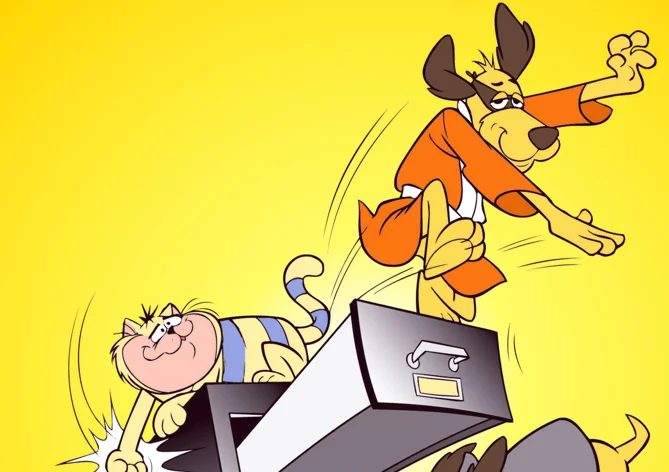
Penrod Pooch might have been a mild-mannered police station janitor, but when he transformed into Hong Kong Phooey, he became the “number one super guy” even if his crime-fighting skills were a bit questionable. The show taught us that heroism wasn’t about being perfect or having natural talent—it was about having the courage to try and the heart to care about helping others. Hong Kong Phooey’s bumbling but well-intentioned efforts showed us that good intentions and persistence could be just as valuable as natural ability.
The character also demonstrated that heroes could come from anywhere and look like anyone, even a janitor with a fondness for martial arts magazines and a loyal cat sidekick named Spot. Hong Kong Phooey proved that you didn’t need a tragic backstory or special powers to make a difference—you just needed to care enough to act when others needed help, even if your methods were unconventional and your success rate was debatable.
12. Schoolhouse Rock: Learning Could Actually Be Fun
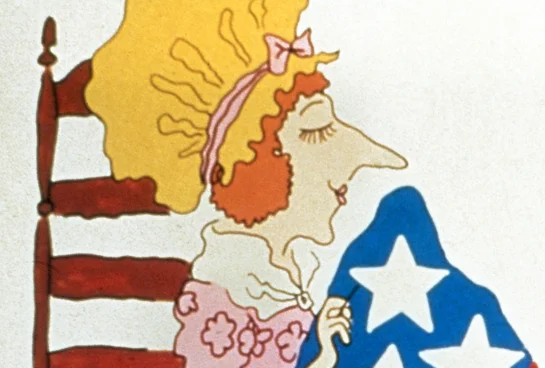
Those musical educational segments between cartoons proved that even the driest subjects could become catchy, memorable experiences when presented with creativity and enthusiasm. “Conjunction Junction,” “I’m Just a Bill,” and “Three is a Magic Number” turned grammar, civics, and mathematics into toe-tapping adventures that stuck in our heads for decades. The segments showed us that learning didn’t have to be boring or painful—it could be engaging, entertaining, and even groovy.
Schoolhouse Rock also demonstrated the power of combining different approaches to reach different types of learners, mixing visual, auditory, and rhythmic elements to make complex concepts accessible to everyone. Those three-minute lessons taught us more about the Constitution, multiplication tables, and parts of speech than hours of traditional classroom instruction ever could. The series proved that education worked best when it met students where they were and made learning feel like discovery rather than drudgery.
Those Saturday morning hours weren’t just entertainment—they were our informal education in everything from problem-solving and friendship to ethics and perseverance. These animated teachers shaped our worldview, taught us right from wrong, and showed us that even in a world full of challenges, there was always room for humor, creativity, and hope. Looking back, those cartoon lessons seem more valuable than ever, reminding us that sometimes the most important truths come wrapped in the simplest, most colorful packages.
This story 12 Things We Learned from Saturday Morning Cartoons That Totally Shaped Us was first published on Takes Me Back.


